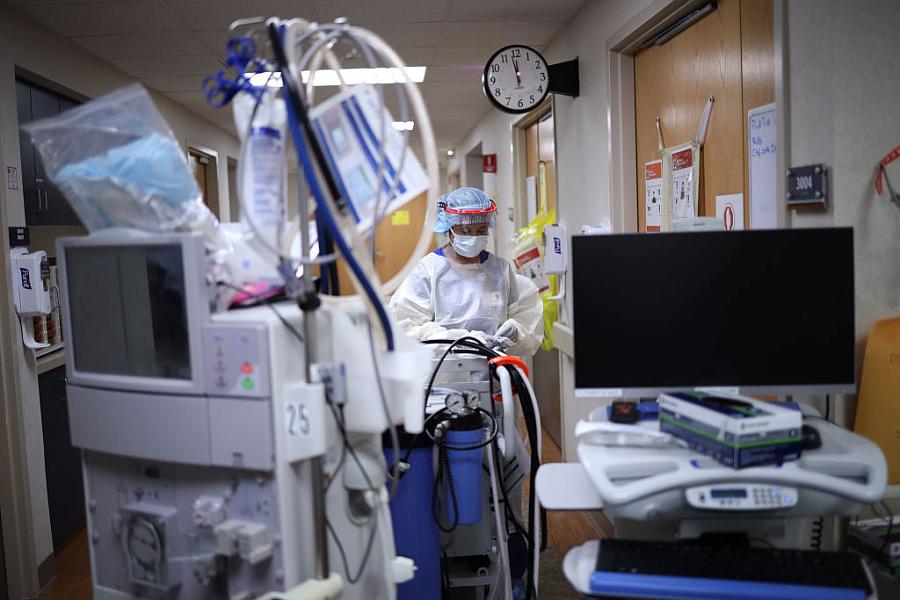A quick pivot proves key for engaging patients forced out of dialysis treatment

Photo by Win McNamee/Getty Images
My years of reporting on the dialysis industry taught me many things. Besides learning more about arcane Medicare regulations than I ever thought possible, I also learned about what it was like to need dialysis.
Someone with kidney failure, also known as End Stage Renal Disease or ESRD, has strict limits on how much fluid they can drink and the types of food they can eat. They are told when to show up at medical appointments and when to sit in their chairs for their treatments. ESRD patients are also disproportionately from poor and historically marginalized groups, giving them even less of a voice.
While I knew quite a bit about the dialysis industry, I knew less about what it was like to be someone on dialysis. These experiences, I knew, shaped everything about a person’s life, including the challenges they faced and how they communicated with their care team. My project as a 2022 National Fellow at the Center for Health Journalism investigated the practice of involuntary discharge of dialysis patients, in which they were kicked out from their clinics and had to wait until they were at death’s door to receive emergency dialysis at the hospital. I also received a second grant to do community engagement and center the experiences of those with kidney failure.
For my work on the engagement grant, I initially planned on convening several focus groups of patients to learn more about what their concerns were and what they knew about involuntary discharge. Then, after I had completed my reporting, I would help develop a set of worksheets and help guides for patients to help them address involuntary discharge with their treatment team, documents that I would publish online alongside my piece in Mother Jones magazine. This would help guide my reporting as I dove deeper into the issue and would give me the chance to understand involuntary discharge from the perspective of patients. Using several social media groups for dialysis patients, I was able to recruit 15 individuals to participate in two sets of focus groups.
As I continued my reporting and talked with a broader swath of patients, however, I learned that the factors contributing to involuntary discharge were often unique to each individual. And with such different issues at the heart of the phenomenon, I began to realize that cookie-cutter guides weren’t going to be very helpful. As a reporter, I’ve found myself in similar situations before: the story I thought I was going to find ended up being very different from the one that was actually there. Rather than try and force the topic to conform to my project, I would have to adapt my engagement project to fit the needs of the dialysis community.
Working with my mentors at the Center for Health Journalism, we decided instead to create two virtual webinars on the topic of involuntary discharge. I partnered with the Medical Education Institute, which specializes in creating informational materials for dialysis patients and providers. One webinar would be created for patients, to help them learn more about how to communicate with their medical team and what to do if they were being threatened with involuntary discharge. The second webinar was created for dialysis nurses, technicians, and social workers to help them reframe challenging patient behaviors and respond constructively and with more compassion.
With World Kidney Day on March 9, both webinars were broadcast live that day. The contents are also archived on MEI’s website so they can be rewatched. Both webinars brought in people from across the United States and enabled a wide discussion on the topic.
Being able to pivot my engagement project partway through was a key component of my ultimate success. It’s not always possible to predict what type of events and information will be useful to a community until you go in there and ask. By being flexible, I was able to adapt to the needs of the dialysis community and provide the kind of content that would provide the most benefit.

